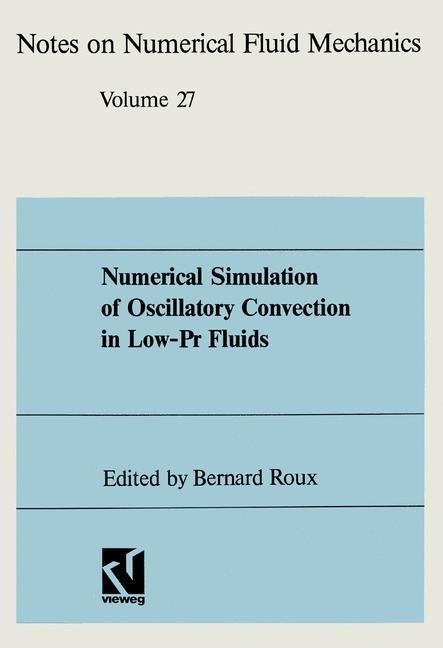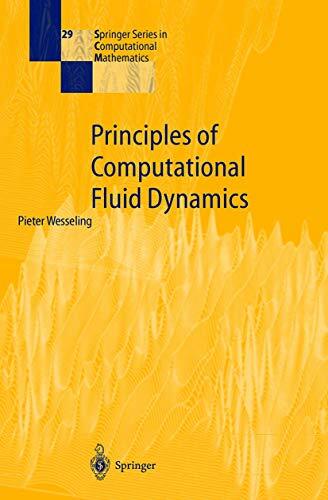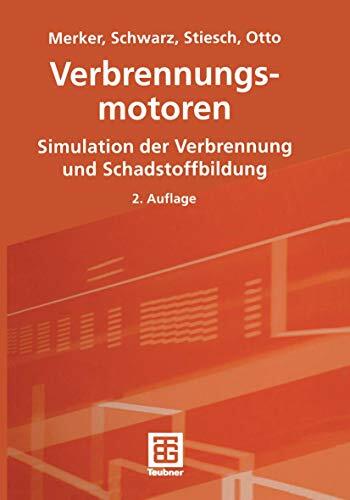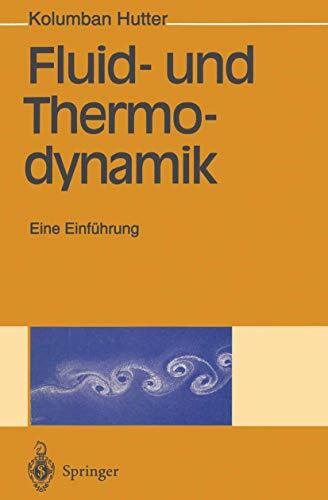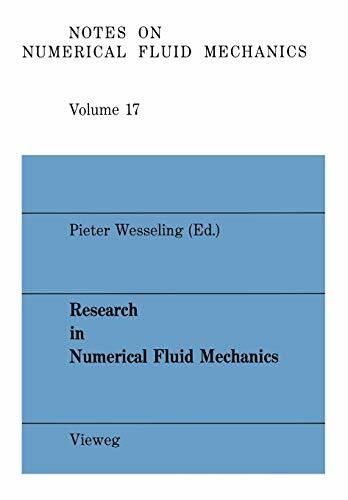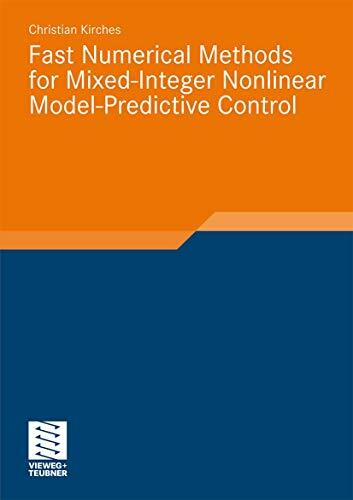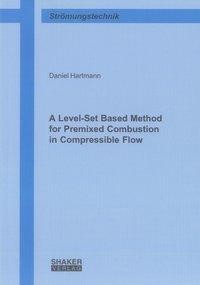
A Level-Set Based Method for Premixed Combustion in Compressible Flow
Kurzinformation
inkl. MwSt. Versandinformationen
Artikel zZt. nicht lieferbar
Artikel zZt. nicht lieferbar

Beschreibung
A level-set based numerical method for the simulation of premixed combustion in compressible flow is developed. The Navier-Stokes equations including a chemical source term which accounts for the heat release due to combustion are solved to describe the evolution of the compressible flow. The chemical source term is modeled by a combined level-set/progressvariable approach, in which the G-equation governs the motion of the premixed flame and the progress variable describes the flame structure. To solve the Navier-Stokes equations and the progress-variable equation a finite-volume flow solver on solution-adaptive Cartesian grids is developed including a novel cut-cell formulation to accurately account for embedded boundaries on non-boundary conforming grids and a feature-based mesh adaptation technique. The cells on the different levels of refinement are organized in a hierarchical cell-tree data structure. To solve the G-equation a highly efficient and accurate localized level-set method is developed. The solver employs a high-order finite-difference discretization of the G-equation on a uniform Cartesian grid. A crucial component of a level-set method is an efficient and yet accurate and robust reinitialization procedure, for which a family of novel reinitialization schemes is derived along with a new reinitialization equation. The flow solver and the level-set solver are coupled in a dual-mesh framework, which allows for independent mesh adaptation on the grids used by the solvers and at the same time an efficient data transfer between the grids. Besides the validation of the two solvers using canonical test cases the developed numerical method is tested on the basis of simulations of flame-vortex interactions, in which the benefits of solution-adaptive mesh refinement for premixed combustion are demonstrated. Finally, the influence of the hydrodynamic instability of premixed flames on their heat release response to flow perturbations is investigated using the novel numerical method. The results show that the flame response is predominantly controlled by the contribution due to the burning area response when the premixed flame is hydrodynamically unstable with respect to the excited mode. In the opposite case of hydrodynamically stable flame surface perturbations the flame response is in general a resultant of both the flame area response as well as the area averaged mass burning rate response.
Produktdetails

So garantieren wir Dir zu jeder Zeit Premiumqualität.
Über den Autor

- Kartoniert
- 663 Seiten
- Erschienen 2020
- Springer Vieweg

- Gebunden
- 724 Seiten
- Erschienen 2009
- Springer

- hardcover
- 512 Seiten
- Erschienen 2002
- Wiley

- Gebunden
- 544 Seiten
- Erschienen 2010
- Springer

- hardcover
- 599 Seiten
- Erschienen 2011
- Springer
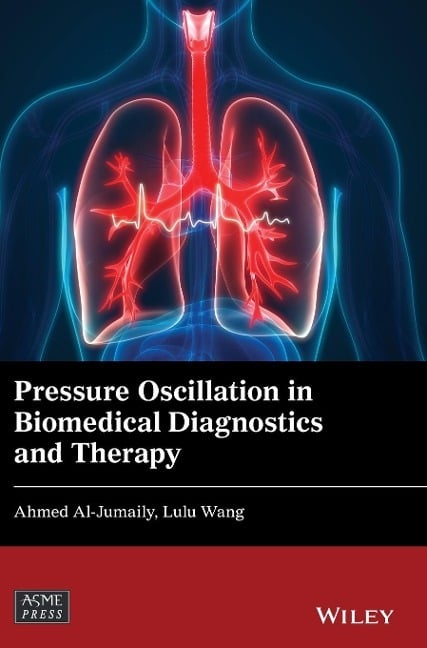
- Hardcover
- 320 Seiten
- Erschienen 2022
- Wiley-ASME Press

- paperback
- 256 Seiten
- Erschienen 2025
- Birkhäuser

- hardcover
- 352 Seiten
- Erschienen 2007
- Wiley-VCH







